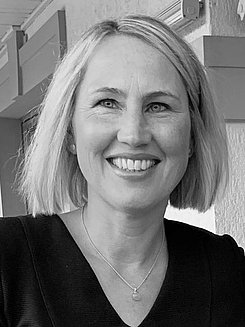BIM-based occupational health and safety
Application of the Building Information Modeling method and use of RFID technology to improve occupational health and safety in the construction and real estate industry
Funded by: DGUV - German Social Accident Insurance
Project duration: 11/2015 to 11/2017
Construction is characterized by a high number of risk factors, e.g. work with the risk of falling, handling hazardous substances, time pressure, weather influences and still by high physical stress. The use of the BIM method will significantly change collaboration within the construction industry in the future. This also has the potential to provide sustainable impetus for preventative occupational health and safety.
The primary aim of the research project is to identify, define and standardize information relevant to occupational health and safety and make it available for preventive measures using the BIM method. The digitalization and the resulting seamless consistency of occupational health and safety-relevant process data along the life cycle of buildings should fundamentally improve occupational health and safety.
At the beginning of the project, processes relevant to occupational health and safety are identified and defined in terms of depth of information and information content. Using the BIM method, the cross-company planning of the target processes relevant to occupational health and safety can now begin and, through the additional use of AutoID technologies, (partially) automated actual process data can then be recorded, digitized and linked to the BIM building models, thus optimizing occupational health and safety during the construction and operator phase. The expected results will support and facilitate the tasks of prevention.

